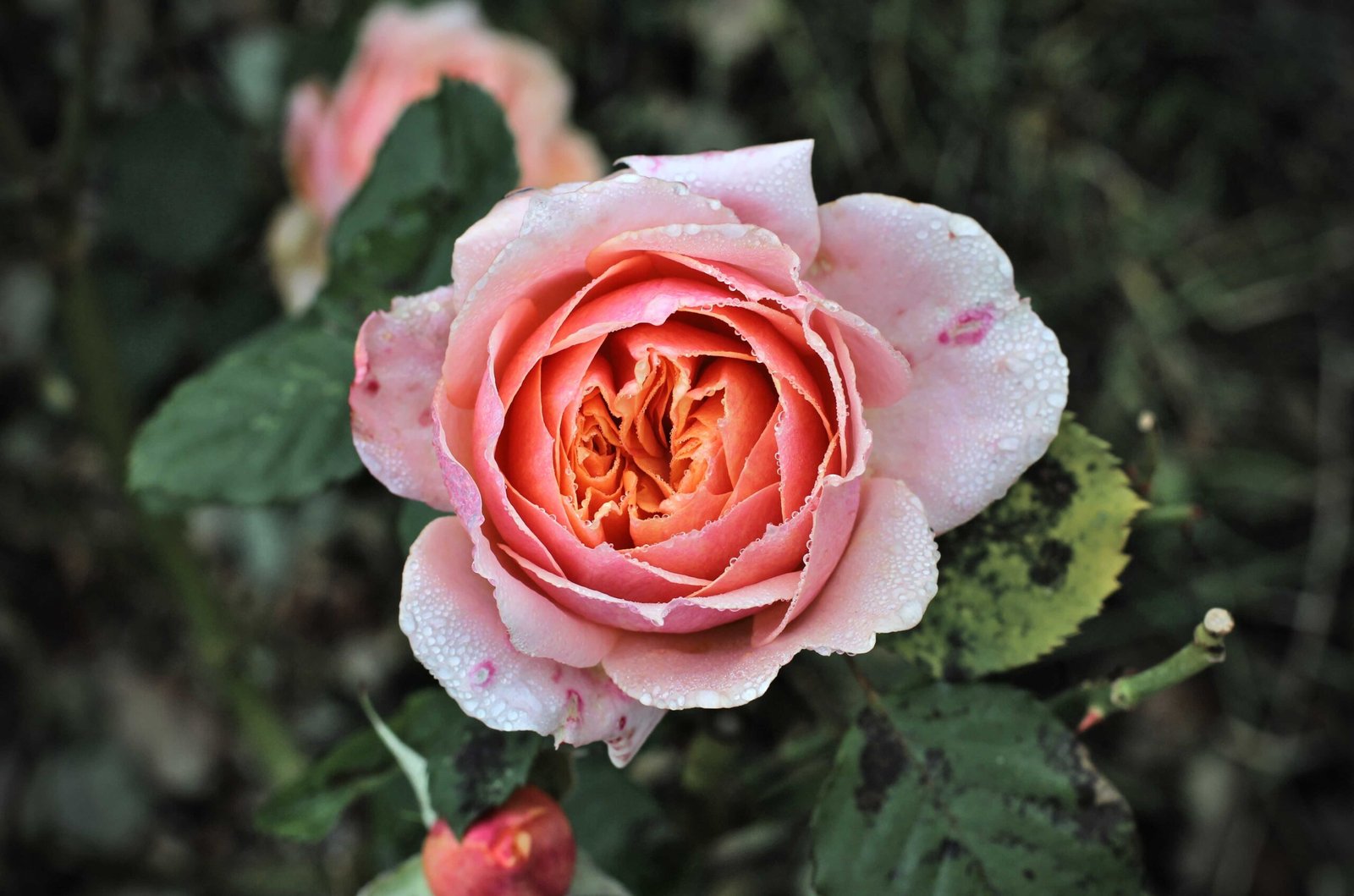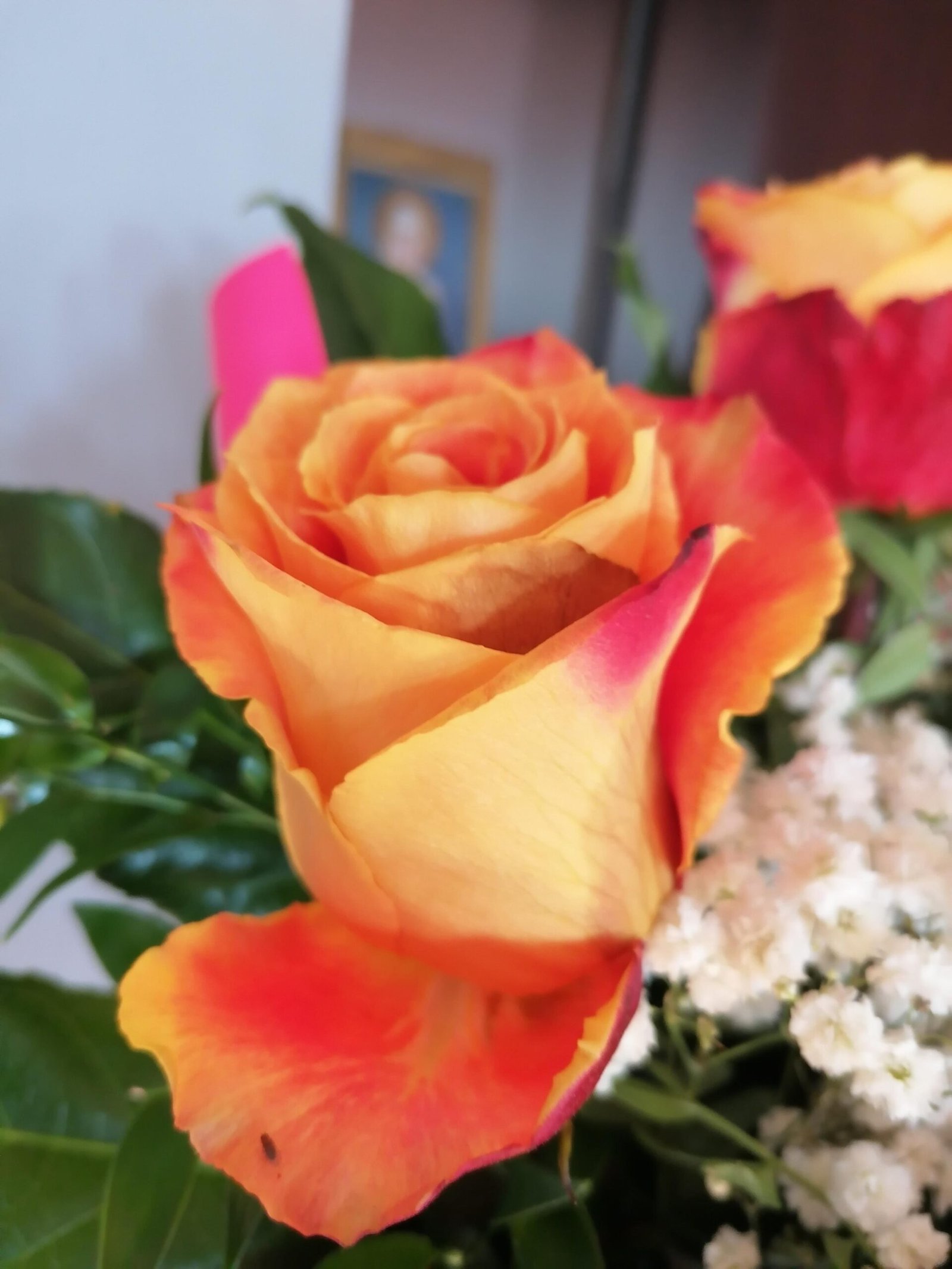Can I Grow a Rose Plant from a Flower?

No, it is not possible to directly grow a rose plant from a cut flower. Flowers themselves do not have the necessary tissue to develop roots. However, you can propagate roses using cuttings from the stems of the plant. This article will explore the various propagation methods, the rooting process, and the challenges and solutions involved in growing a rose plant from a cutting.
What Propagation Methods Can I Use?

Cutting Method
- Selecting the Stem: Choose a stem that has just finished blooming, as this is usually the best time when the stem has the right balance of growth and maturity.
- Preparing the Cutting: Cut the stem into sections about 4-7 inches long, with at least three internodes (leaf nodes). Remove all leaves except the top two sets to prevent drying out.
- Wounding and Hormones: Slice the bottom of the cutting at a 45-degree angle and dip the cut end into a rooting hormone powder or liquid to enhance rooting success.
- Planting: Plant the cutting in a well-draining rooting medium, such as a mix of sand and peat moss or perlite and peat moss. Ensure the soil is lightly moistened but not waterlogged.
Layering and Grafting
- Layering: This method involves bending a stem of the rose plant down to the ground and securing it. Roots will develop at the buried section. This can be done above ground using air layering for varieties that do not naturally bend down.
- Grafting: This involves grafting a bud from the desired rose variety onto a rootstock. This method is more complex and typically used for commercial production.
What is the Rooting Process?
Materials Needed
- Cutting Length: 4-7 inches long, with at least three internodes.
- Rooting Medium: A mix of sand and peat moss or perlite and peat moss.
- Pot Size: Small pots or cell trays can be used, such as 50- or 72-cell trays.
- Rooting Hormones: Powdered or liquid rooting hormones like Hormex.
- Watering Frequency: Keep the soil consistently moist but not waterlogged. Misting systems can be used to maintain humidity.
Step-by-Step Instructions
- Prepare the Cutting: Remove lower leaves, leaving only the top two sets.
- Wound and Apply Hormones: Slice the bottom of the cutting and apply rooting hormone.
- Plant the Cutting: Insert the cutting into the prepared rooting medium, and gently firm the soil around it.
- Label and Water: Label the pot with the rose variety and date, and keep the soil moist.
- Provide Conditions: Place the cuttings in a bright, indirectly lit area with regular watering.
What is the Timeframe and Growth Conditions?
Timeframe
- Root Development: Roots typically develop within 4-6 weeks, but this can vary depending on the variety and conditions.
- Transplanting: Once roots are visible, usually by the end of the rooting period, the cuttings can be transplanted into larger pots or directly into the garden. This is best done in late fall or early spring.
Environmental Conditions
- Temperature: Optimal temperatures for rooting are between 65°F to 75°F (18°C to 24°C). Avoid extreme cold or heat.
- Humidity: Maintain high humidity, especially during the rooting phase. Misting systems can be helpful.
- Light Exposure: Provide bright, indirect light. Direct sunlight can be too intense for newly rooted cuttings.
- Soil pH and Nutrients: Roses prefer a slightly acidic to neutral soil pH (around 6.0-6.5). Use a balanced fertilizer once the plant is established.
What are the Challenges and Solutions?
Common Challenges
- Drying Out: Ensure the cuttings do not dry out by maintaining consistent moisture levels.
- Infection: Use clean tools and materials to prevent infection. Apply rooting hormones to help prevent rot.
- Temperature Extremes: Protect the cuttings from extreme temperatures, especially during the rooting phase.
- Pests and Diseases: Monitor for pests and diseases, and treat promptly if necessary.
Solutions and Preventative Measures
- Misting Systems: Use misting systems to maintain humidity and prevent drying out.
- Sterile Conditions: Use sterile tools and clean materials to prevent infection.
- Sheltered Location: Keep the cuttings in a sheltered location to protect from extreme temperatures and wind.
Reference:
- Rose Propagation by NDSU: https://www.ndsu.edu/pubweb/chiwonlee/plsc211/student%20papers/articles/rose%20propagation.pdf
- 6 Methods for Rose Propagation by Fraser Valley Rose Farm: https://www.youtube.com/watch?v=Nh7UgAprdpM
- A Rose Story Part 2: Propagating Old Roses by Floret Flowers: https://www.floretflowers.com/a-rose-story-part-2-propagating-old-roses/
